Big things happen when professional sports organizations make improvements to their arena LED lighting systems: it improves light levels, enhances the fan experience, and reduces costs.
In January, the Seattle Mariners announced Safeco Field will be the first Major League stadium to light its field with LED lighting. According to the team, “For fans watching at home on high definition television, color will be improved and TV flickering will be reduced in slow-motion replays.”
The Washington Post, in a similarly-themed article, posted a great video of the Boston Red Sox to demonstrate the flickering we see during slow motion (pay attention at the 2:00 minute mark).
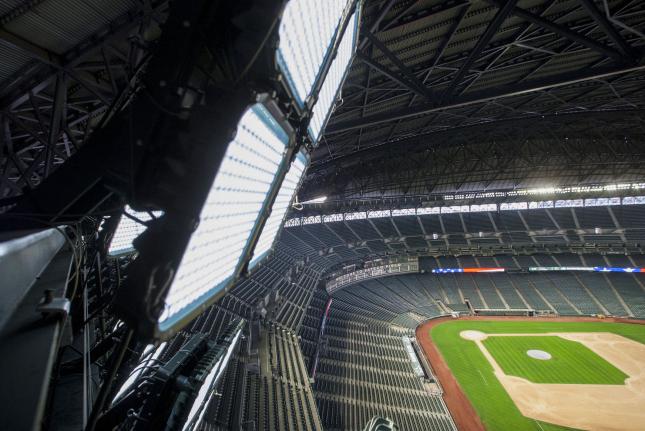
Image source: UPI
Over the past few years, many sports franchises have looked into the benefits of arena LED lighting systems. You may recall this year was the first time the Superbowl, played at the University of Phoenix Stadium, was illuminated with all LEDs. The savings earned from the upgrade were enormous. “. . . Only 312 units were needed to replace the 780 metal halide lights that were originally installed in the stadium. The new lights also use 75 percent less energy, and they should last at least 20 years—far longer than the old lights that required maintenance every few seasons.”
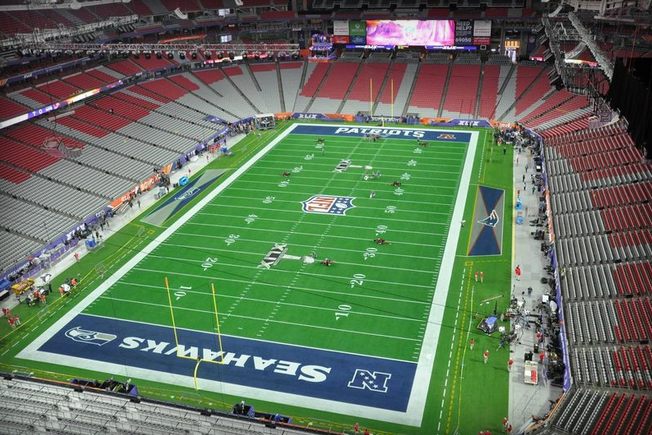 The Verge
The Verge
Another football team to convert to LEDs recently were the Houston Texans. NRG Energy, the same company that has the naming rights to Texans’s stadium (NRG Stadium), upgraded the stadium in 2014 as part of its sustainability master plan. The president of the Houston Texans, Jamey Rootes, said, “This new lighting system will provide a more vibrant game experience for fans in the stadium and at home.” The upgrade will save 60% on the stadium’s lighting.
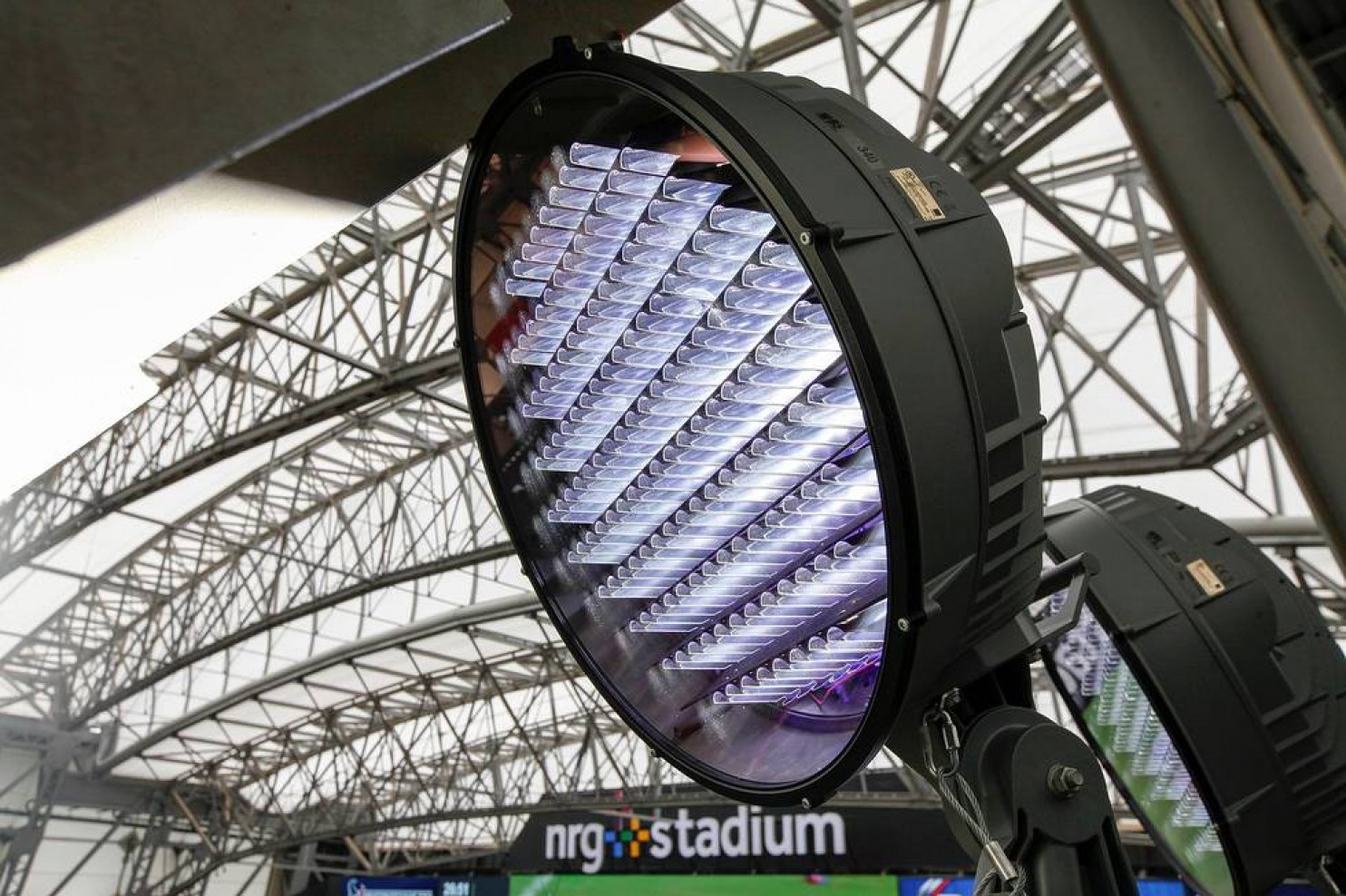
Image source: Houston Business Journal
One of the first teams to adopt new arena LED lighting systems were the Montreal Canadiens. In 2012, the team invested more than $700,000 in the new lighting system for Bell Centre stadium. Kevin Gilmore, Canadiens executive vice president and COO, said, “We weren’t meeting the standards we’ve always had to provide our fans with the best. It was time for a change.” René Villeneuve, an associate for Le Group Numérique, also spoke highly of the changes: “The difference in the coverage of ice, compared to what the Bell Centre had the last few years, is amazing. We were really pleased.”
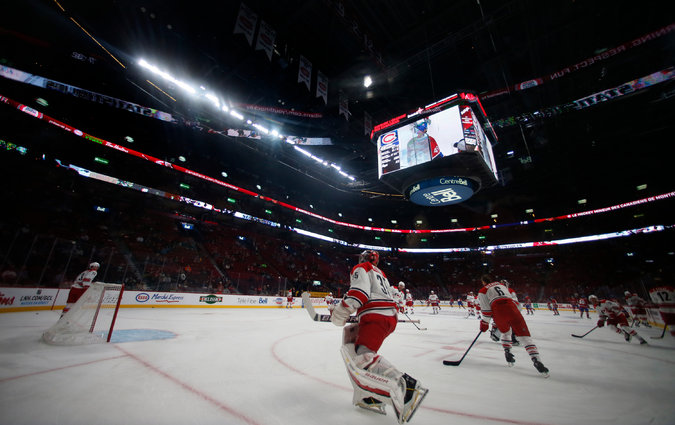
Image Source: The New York Times
The Canadiens weren’t the only hockey team to jump on the LED bandwagon. In 2014, Carolina Hurricanes spent $650,000 to make upgrades. According to Jason deBruyn, staff writer for the Triangle Business Journal, “With the current setup, annual energy costs for the lighting come to more than $56,000, mostly for hockey. The new system would come with annual energy costs of close to $15,000, or nearly 75 percent reduction.”
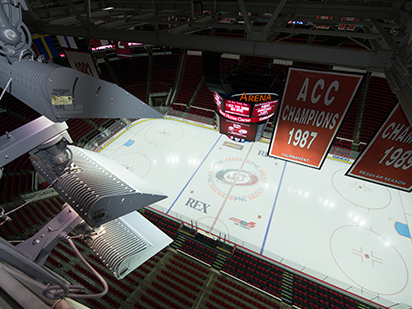
Image Source: Musco Lighting
More teams are planning similar upgrades for the future, with Minnesota Vikings looking to make the switch. According to Mike Lorenz, president of Ephesus Lighting, “Over the past two years, sports and entertainment venue operators have come to understand that LED is the premier lighting solution and a great way to enhance the fan experience.”

Image Source: Vikings.com
Hopefully, this trend will continue, and we’ll see more and more professional sports franchises take advantage of the benefits of arena LED lighting systems. Not only do they lower operating costs for the owners, which should help bring more income to sign those big player contracts, but they also improve the fan experience at home or at the game. If the Red Sox convert Fenway Park to LED lighting, maybe they’ll save so much money on energy costs they’ll lower ticket prices. (I can dream, can’t I?)




